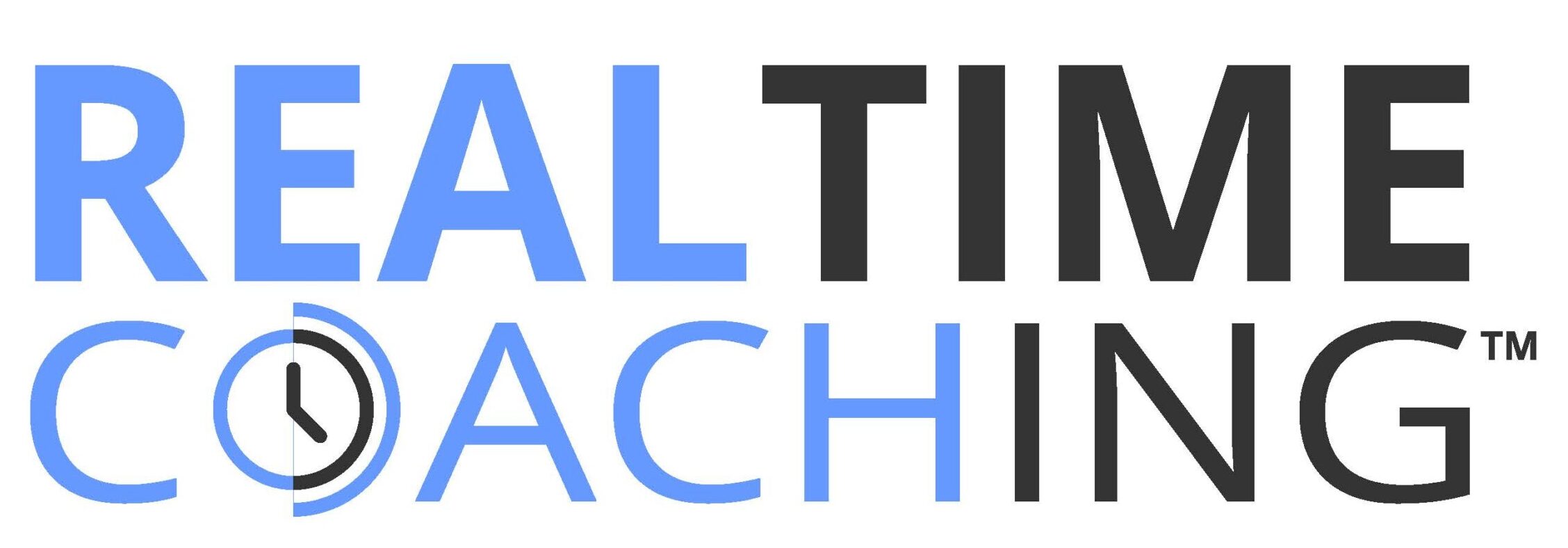Balance scales were once used to calculate the weight of an object in shops and laboratories. The basic scales consisted of two plates connected by a balance beam (think of the playground teeter-totter). The object to be weighed was placed on one plate of the scale and a known weight was placed on the other plate. The scales balanced when the correct weight was placed opposite the object.
We borrowed this image for coaching. Imagine a scale with “what you want” on one plate and “what you think you are getting” on the other plate. When the scales “balance”, you are getting the results you want. If the scales are not in balance, there is a difference between wants and present results. This gap or imbalance is the motivation for behaving differently.
Our coaching model says that intrinsic motivation, the inner desire to do something, occurs when there is an unbalanced scale: when what a person wants is not what they perceive they are getting at that time. Therefore, before helping someone change their behavior, a coach first makes sure that person’s scales are not in balance. Here’s an example:
Coach: You said you wanted to learn to use the new software. Is that still true?
Coachee: Yes
Coach: How is that coming along? Are you making any progress?
Coachee: Not really. I never seem to have the time.
Coach: If I offered you $10,000 to learn the software, do you think you would be able to find the time?
Coachee: You bet.
Coach: So, is it really a time issue or something else?
And on it goes…
